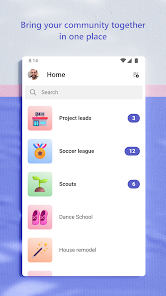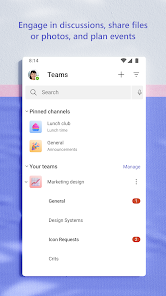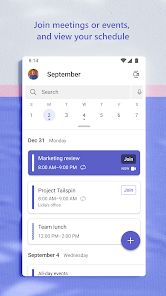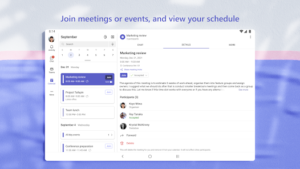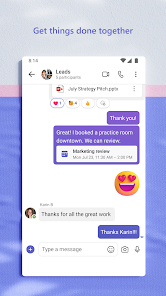Choosing the Right Team Communication Platform
Effective communication and collaboration are essential for any successful team, especially in today’s increasingly remote and distributed work environments. Team communication platforms offer a centralized hub for communication, file sharing, and project management, streamlining workflows and enhancing productivity. This guide explores the benefits of these platforms and helps you choose the right one for your team’s needs.
Benefits of Using a Team Communication Platform:
- Improved Communication: Centralized communication reduces email overload and ensures everyone stays informed.
- Increased Productivity: Streamlined workflows and efficient task management enhance team productivity.
- Better Organization: Centralized file sharing and project management tools improve organization and reduce confusion.
- Enhanced Collaboration: Real-time communication and collaboration features facilitate teamwork and brainstorming.
- Improved Transparency: Open communication channels increase transparency and accountability within the team.
Types of Team Communication Platforms:
Several types of platforms cater to different team communication needs:
-
Dedicated Team Collaboration Platforms: These platforms focus on team communication, file sharing, and project management. Examples include:
- Microsoft Teams: Offers chat channels, video conferencing, file sharing, and task management, integrating with other Microsoft 365 services.
- Slack: Known for its robust chat features, integrations with other apps, and customizable workspaces.
- Discord: Originally designed for gaming communities, Discord has become increasingly popular for team communication, offering voice and text channels, screen sharing, and bots.
-
Video Conferencing Platforms: While primarily focused on video meetings, these platforms often include features like chat, screen sharing, and file sharing, making them suitable for some team communication needs. Examples include Zoom and Google Meet.
-
Project Management Tools with Communication Features: Some project management tools integrate communication features like chat and file sharing to facilitate team collaboration within projects. Examples include Asana and Trello.
Key Features of Team Communication Platforms:
- Chat Channels: Organize conversations into dedicated channels for different topics or projects.
- Direct Messaging: Communicate privately with individual team members.
- Video Conferencing: Conduct virtual meetings with screen sharing and other collaboration tools.
- File Sharing: Share and collaborate on documents and files within the platform.
- Task Management: Assign tasks, set deadlines, and track progress.
- Integrations: Connect with other apps and services to streamline workflows.
- Search Functionality: Easily find past conversations and files.
Use Cases for Team Communication and Collaboration:
- Remote Team Meetings: Conduct regular team meetings and check-ins.
- Project Management: Manage projects, track progress, and communicate updates.
- File Sharing and Collaboration: Share and collaborate on documents, presentations, and other files.
- Internal Communication: Facilitate internal communication within departments or the entire organization.
- Client Communication: Communicate with clients and external partners.
Tips for Effective Team Communication:
- Establish clear communication guidelines: Define how and when different communication channels should be used.
- Encourage open communication: Create a culture of open communication and feedback.
- Use channels effectively: Organize conversations into relevant channels to avoid clutter.
- Use integrations to streamline workflows: Connect the platform with other tools your team uses.
Conclusion:
Choosing the right team communication platform can significantly improve team collaboration and productivity. By considering your team’s specific needs, budget, and preferred communication style, you can select the platform that best facilitates effective communication and helps your team achieve its goals.




